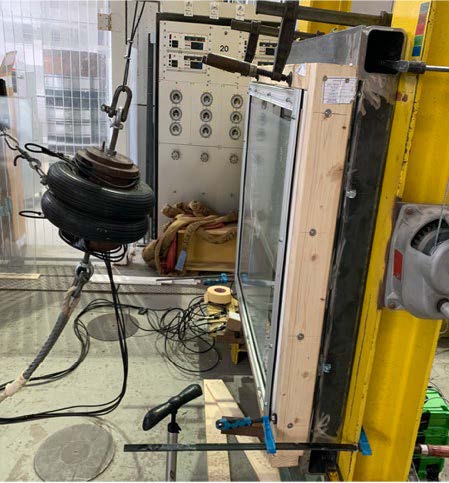The Performance of Vacuum Insulating Glazing Units Subjected to a Soft Body Impact
DOI:
https://doi.org/10.47982/cgc.8.443Downloads

Abstract
The Vacuum Insulated Glazing is a highly thermally insulating structure consisting of two (or more) glass sheets, separated by an evacuated gap, and sealed hermetically at the glass edges. An array of support pillars maintains the separation of the panes under the constant load of atmospheric pressure. The performance and durability of the VIG, in terms of thermal loads and atmospheric pressure, has been well studied and ISO Standards have recently been published (ISO 19916-1:2018 and 19916-3:2021). However, the mechanical performance of the VIG, especially when exposed to dynamic loads, has not been dealt with in the scientific literature. The goal of this work is to investigate the mechanical performance of VIG’s subjected to soft body impact and gain insight into the failure mechanisms of the VIG when exposed to dynamic loads. Measurements of the surface stress on the glass were performed, when the VIG is subjected to the twin-tire pendulum impact test, as outlined in the Standard DIN EN 12600:2002. Two VIG units and one laminated VIG unit were tested and the results were compared to numerical data of a monolithic glass pane. It was found that the VIG failed at drop heights much lower than that prescribed in the Standard. An examination of the glass fracture patterns highlighted an origin of fracture caused by the contact of pillar-to-glass.
Published
Issue
Section
Insulating Glass Units
License
Copyright (c) 2022 Isabell Schulz, Cenk Kocer, Franz Paschke, Jens Schneider

This work is licensed under a Creative Commons Attribution 4.0 International License.



